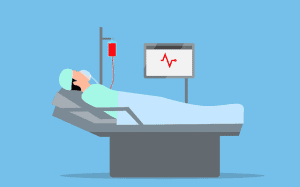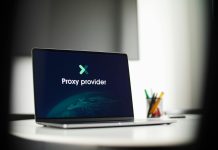Monitoring patients remotely is a safe way of digitally obtaining information from patients and forwarding it to doctors and nurses for easy use.

RPM allows tracking patients when they’re at their residence, workplace, in motion, or even on holiday.
It utilizes diabetes care meters, monitors for heart rate, blood pressure monitors muscular movements, and a range of other benefits in real-time.
In general remote patient monitoring tools help you evaluate your patients’ patterns and assess if their condition is stabilized, worsening, or improving.
Years of research indicate that remote patient monitoring is a useful way to treat chronic diseases like diabetes, heart failure, and chronic obstructive pulmonary disease (COPD).
Americans of all ages use smartphones and laptops, which also imitate RPM platforms. A quality platform makes it easy to utilize technology. It bridges the difference between medical settings and living environments so patients can maintain their wellbeing. The more they learn about their treatment, the less uncertain they’ll be while communicating with their payers.
RPM & Telehealth Difference
It represents an entire industry—all technical advances that allow healthcare providers to provide treatment to patients remotely. Telehealth services can be provided via phone or video and remote patient monitoring platforms.
When using technology to improve the interaction between clinicians and patients in the office, RPM is just one choice among many.
RPM is a pretty well-developed method of telehealth already. If you have other needs, you can also use other telehealth resources to share and synchronize health data.
How RPM Helps
Patient data comes to you via electronic pads. This is an easy-to-use app, which allows physicians to offer high-quality treatment to a more significant number of patients. It means less burnout, higher performance, and lower costs.
Patients who can check their vital signs, such as heart rate, or do their hemodialysis or glucose monitoring may shorten hospital stays and avoid readmissions.
Communicating regularly with them and showing them how to obey their treatment plan will improve their access to care and their satisfaction with care.
When your patients enjoy the benefits of RPM, your care will be more successful.
Accessing Treatment
Getting to a doctor’s appointment can be a full day affair and is time-consuming. Without personal transportation, people have no way to get around. Parents also neglect childcare and hate going to a busy medical center. In these cases, patients can opt not to go to their appointments.
Access to health care is limited in rural areas. People must travel to another county or even another state to get care.
Mobile patient management takes away accessibility restrictions for a wide range of patients at a lower cost.
Real-time Care
Rapid Access Technology allows you to deliver care to patients immediately. All the patients can share the data from their desks, but you can share the instructions from yours too. This can make a real difference in emergency situations. For instance, in the case of a suspected heart attack and an FRx AED by Philips is needed, the user can follow the voice prompts to attach the pads, perform CPR, and deliver a shock if required, and then when emergency responders arrive, can simply hand over the FRx pads to them so that they can complete their treatment and assessment. This allows for total continuity of care.
Overall, a better health care method could be created by encouraging patients to say their story to a single doctor who would then talk to the other medical staff. RPM helps save time and resources, allowing physicians to care for each patient more peacefully.







